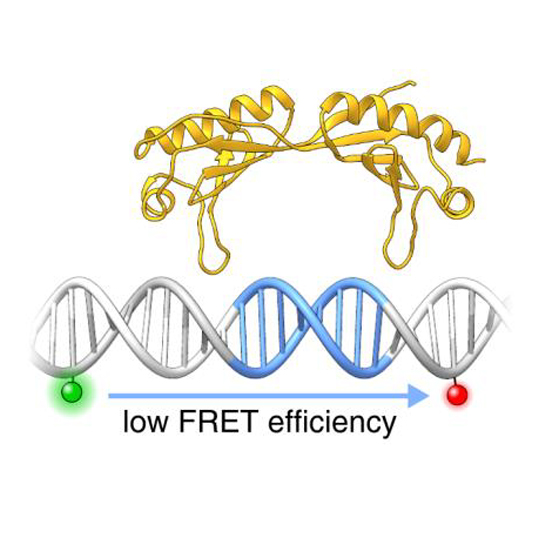DNA origami-based single-molecule force spectroscopy unravels the molecular basis of RNA Polymerase III pre-initiation complex stability
19-Sep-2019
bioRxiv, doi: https://doi.org/10.1101/775528
bioRxiv, online article
The TATA-binding protein (TBP) and a transcription factor (TF) IIB-like factor compound the fundamental core of all eukaryotic initiation complexes. The reason for the emergence and strict requirement of the additional intiation factor Bdp1, which is unique to the RNA polymerase (RNAP) III sytem, however, remained elusive. A poorly studied aspect in this context is the effect of DNA strain, that arises from DNA compaction and transcriptional activity, on the efficiency of initiation complex formation. We made use of a new nanotechnological tool – a DNA origami-based force clamp - to follow the assembly of human initiation complexes in the Pol II and Pol III system at the single-molecule level under piconewton forces. We demonstrate that TBP-DNA complexes are force-sensitive and TFIIB is necessary and sufficient to stabilise TBP on a strained RNAP II promoter. In contrast, Bdp1 is the pivotal component that ensures stable anchoring of initiation factors, and thus the polymerase itself, in the RNAP III system. Thereby, we offer an explanation for the crucial role of Bdp1 for the high transcriptional output of Pol III genes for the first time.











